CREIL Social Center Renovation
The architectural group NOMADE Architectes, in late April 2015, opened the new Creil City community centre, a project that is part of a much larger urban regeneration plan. This project aims to encourage the renewal and diversification of housing and urban functions to develop a sense of urban cohesion further. The project consists of two buildings, which are separate but integrative in the design idea: this distinction is also useful in allowing autonomous operation for each of the two structures. The buildings are configured as an “L,” leaving the central space free to be used for private use as if it were the most intimate heart of the structure. The colours and materials, as well as the concrete structure, were selected for their quality and durability. The two buildings open up and blend harmoniously with their surroundings. The alternation of frosted glass and glass in transparency generates the well-coordinated rhythm of the entire facade.
Community Center_[Photograph]_(Creil: France)_©Ducros, M. (2015) Community Center_[Photograph]_(Creil: France)_©Ducros, M. (2015) Community Center_[Photograph]_(Creil: France)_©Ducros, M. (2015)
Concoret Housing for the Elderly_[Photograph]_(Loire-Atlantique: France)_©Boegly, L. (2013) The French firm “ Nomade Architectes ” has completed the first housing for the elderly in France: an environmentally efficient residential structure located in a rural area in the town of Concoret. The structure is made from a combination of concrete and wood, with local wood applied to the exterior. The building is in a position to solve many different and complex problems that have arisen in the area. The main aim, which challenged the design, was to accommodate and integrate residents into an environment that was social but respected the privacy of each individual simultaneously. The apartment building has 44 one- and two-bedroom apartments, consisting of an entrance hall, a furnished living room , a kitchenette, a bedroom, and a bathroom. The use of wood as a covering material gives the entire building envelope a strong sense of unity. The vertical cladding applied to the façades also utilises local wood of acacia and chestnut, which comes in two different colour tones that harmonise perfectly with the space within which they are placed.
Concoret Housing for the Elderly_[Photograph]_(Loire-Atlantique: France)_©Boegly, L. (2013) Concoret Housing for the Elderly_[Photograph]_(Loire-Atlantique: France)_©Boegly, L. (2013)
Janine Jambu Sports Centre_[Photograph]_(Bagneux: France)_©Boegly, L. (2007) The Janine Jambu Sports Center is located in the southern district of Bagneux and is a new gateway to the city. It is part of a larger urban renewal plan led by SEM 92 between Bagneux and Bourg-la-Reine. This construction highlights the main goal of redeveloping an entire neighbourhood , which still bears the marks of 1960s planning, by reshaping public spaces, demolishing what is no longer part of the context, and preserving and rehabilitating the rest of the buildings. The space, thus, once cleared, can be used for the construction of new public facilities, such as the Janine Jambu sports centre, that fit better within the new urban context. In addition to its priority sports function, this facility will serve as a meeting place for the city and as a gateway to neighbouring municipalities.
Janine Jambu Sports Centre_[Photograph]_(Bagneux: France)_©Boegly, L. (2007) Janine Jambu Sports Centre_[Photograph]_(Bagneux: France)_©Boegly, L. (2007)
Maison de l’Enfance_[Photograph]_(Lieusaint, France)_©Müller, P. (2016) NOMADE Architectes designed and implemented this project with the well-being of the children who would benefit from it in mind. The centre consists mainly of a family daycare centre, a medical unit, a resting space for childcare workers, a multi-reception capacity of 40 cribs, and a child and parenting place. Thanks to the clever use of materials and its strategic location, the building fit harmoniously into the surrounding landscape . The materials used to construct the building provide a sense of harmony with its natural surroundings. Made primarily of wood, both in structure and finish, the entire project demonstrates a genuine commitment to the environment. In addition, NOMADE Architects offered tangible construction solutions to make the project sustainable in terms of energy consumption.
Maison de l’Enfance_[Photograph]_(Lieusaint, France)_©Müller, P. (2016) Ecole des Bartelottes à la Ville-du-Bois | Nomade Architectes La Ville-du-Bois_[Photograph]_(France)_©Müller, P. (2015) This project, developed and implemented by the architectural signature NOMADE architects, consists of a school complex, gymnasium, and staff housing. These three complexes are located between the residential neighbourhood of Ville-du-Bois and the protected forest of la Forêt de la Turaude. Constructed primarily of wood, a material that blends seamlessly within the environmental context in which it is set, the project also demonstrates a great and vital commitment to using organic and sustainable materials. The three buildings differ in the choice of materials adopted but are united by the strong idea of conveying the image of a durable structure integrated into its natural surroundings. The school and gymnasium buildings fit perfectly into the landscape with their contemporary architecture . The form itself can also strongly influence defining the public space, bringing to fruition the strong design ambition for its urban renewal.
La Ville-du-Bois_[Photograph]_(France)_©Müller, P. (2015) La Ville-du-Bois_[Photograph]_(France)_©Müller, P. (2015)
The ‘Hippodrome De La Baie” The ‘Hippodrome De La Baie”_[Photograph]_(Yffiniac: France)_©Miara, P. (2015) Among the many projects carried out within the urban context, NOMADE architects designed the rehabilitation and expansion of the “Yffiniac Bay Racecourse,” a few kilometres from the centre of Saint-Brieuc, Brittany. NOMADE architects developed a strong and dynamic dialogue between the old and the new, thus not renouncing the territory’s past but always projecting into the future. The entire project plays on the theme of alternation and divergence with the existing design, and the modules strongly emphasise this concept: we see the concepts of opacity and transparency, shadows and light, and sky and earth recurring. NOMADE has designed an extension project that respects the functioning and structural harmony of the existing hall. The project establishes a true architectural interaction with the existing building through strong and harmonious dialogue between the parts.
The ‘Hippodrome De La Baie”_[Photograph]_(Yffiniac: France)_©Miara, P. (2015) The ‘Hippodrome De La Baie”_[Photograph]_(Yffiniac: France)_©Miara, P. (2015)
Ablon-Sur-Seine Reception And Leisure Centre Ablon-Sur-Seine Reception And Leisure Centre_[Photograph]_(Ablon-sur-Seine, France)_©Boegly, L. (2013)Another project of great value is that of the Ablon-Sur-Seine Reception and Leisure Centre. This reception and recreation centre is located between the elementary school building that is part of the Pierre et Marie Curie school complex and a staff housing building to the east in a densely built-up area. The units and structures on different levels that make up the structure are designed to allow the building to breathe by incorporating solids and voids, patios, and double heights. The four systems that compose the main project, which are the reception area, the nursery, the elementary school , and the dining hall, are all physically or visually linked to the schoolyard, the main outdoor space of the project. The environmental impact of the building was the main aspect around which the entire project development revolved, starting from the choice of materials to the long-term maintenance of the building. What is innovative is the structure of the project itself.
Ablon-Sur-Seine Reception And Leisure Centre_[Photograph]_(Ablon-sur-Seine, France)_©Boegly, L. (2013) Ablon-Sur-Seine Reception And Leisure Centre_[Photograph]_(Ablon-sur-Seine, France)_©Boegly, L. (2013)
Dojo Kuki | Nomade Architectes Dojo Kuki_[Photograph]_(Épinay sur Seine: France)_©le Merdy, G. (2018) The meaning of the term Kùkí is “atmosphere”. The French firm Nomade Architectes masterfully created a dojo consisting of two martial arts rooms, a fitness room, and three offices. This program is part of a larger urban development policy, being led in association with the French National Agency for Urban Renewal (ANRU). The overriding goal is to create a structure that will serve as an urban landmark, symbolising the renewal of the entire area. Because of its unique location, it was a priority that this structure is easily identified from multiple directions. From a design point of view, the architecture offers a perfect balance in contrast between the finish of the concrete facades of the buildings and the plants and gardens of the open spaces. The two Japanese gardens introduce both nature and serenity into the spaces. The Zen Garden welcomes visitors to the southwest, while The Garden of Contemplation separates the two martial arts practice rooms.
Dojo Kuki_[Photograph]_(Épinay sur Seine: France)_©le Merdy, G. (2018) Dojo Kuki_[Photograph]_(Épinay sur Seine: France)_©le Merdy, G. (2018)
Saint Brieuc Elderly Establishment Saint Brieuc Elderly Establishment_[Photograph]_(Saint-Brieuc: France)_©Ducros, M. (2014) Seamless integration of the facility within its environmental context is, once again, a priority. Respecting the neighbourhood’s character while maintaining the institution’s contemporary image was also crucial. The building is thus a combination of nine blocks surmounted by a pitched roof, which supports and preserves the traditional architectural codes of neighbouring buildings. Extensive outdoor spaces surround the building and are considered an integral part of the project. These properties of the project accomplish the primary purpose of integrating the institution into the life of the neighbourhood, promoting social mixing and interaction with the neighbourhood. The structure’s main entrance, characterised by an orange facade, takes you into a bright and welcoming lobby. From there, all services are clearly defined and identifiable: an administrative area, a hairdressing salon, a family reception area, a care area, an Alzheimer’s unit on the ground floor, and a nursing home on the floor.
Saint Brieuc Elderly Establishment_[Photograph]_(Saint-Brieuc: France)_©Ducros, M. (2014) Saint Brieuc Elderly Establishment_[Photograph]_(Saint-Brieuc: France)_©Ducros, M. (2014)
Nantes Tchécolsovaquie | Nomade Architectes Nantes Tchécolsovaquie_[Photograph]_(Nantes: France)_©Boegly, L., Ducros, M. (2013) Located in France, where a large housing stock had been built between the 1950s and 1970s, French firm NOMADE was responsible for its renovation, with a fundamental focus on external thermal insulation. The solutions that are possible today did not exist at the time when that structure was built. The Tchécoslovaquie building, consisting of a long curved skyscraper of collective housing, cleverly shows how zinc can be an essential and useful element in large renovations. Indeed, the design created by Nomade architects, thanks to the folds and plays of colour it gives to the exterior cladding, distinguishes it from the flat volume of the building , introducing a new dimension. This particular material was chosen for multiple reasons: its durability, the fact that it has been maintenance-free for about 50 years, which allows specific details to be designed, and its extreme malleability. The primary goal of the renovation, in addition to improving residents’ well-being, was to reduce heat loss and humidity by externally insulating the buildings.
Nantes Tchécolsovaquie_[Photograph]_(Nantes: France)_©Boegly, L., Ducros, M. (2013) Nantes Tchécolsovaquie_[Photograph]_(Nantes: France)_©Boegly, L., Ducros, M. (2013) References:
ArchDaily (2016) NOMADE architectes [Online] Available at: https://www.archdaily.com/office/nomade-architectes [Accessed date: 2023/01/20]
Architizer (2023) NOMADE architectes [Online] Available at: https://architizer.com/firms/nomade-architectes/ [Accessed date: 2023/01/20]
Archello (2023) NOMADE architectes [Online] Available at: https://archello.com/brand/nomade-architectes [Accessed date: 2023/01/21]
La Ville-du-Bois_[Photograph]_(France)_©Müller, P. (2015)
La Ville-du-Bois_[Photograph]_(France)_©Müller, P. (2015)
Concoret Housing for the Elderly_[Photograph]_(Loire-Atlantique: France)_©Boegly, L. (2013)
Maison de l’Enfance_[Photograph]_(Lieusaint, France)_©Müller, P. (2016)
Ablon-Sur-Seine Reception And Leisure Centre_[Photograph]_(Ablon-sur-Seine, France)_©Boegly, L. (2013)
Ablon-Sur-Seine Reception And Leisure Centre_[Photograph]_(Ablon-sur-Seine, France)_©Boegly, L. (2013)
Ablon-Sur-Seine Reception And Leisure Centre_[Photograph]_(Ablon-sur-Seine, France)_©Boegly, L. (2013)
Janine Jambu Sports Centre_[Photograph]_(Bagneux: France)_©Boegly, L. (2007)
Janine Jambu Sports Centre_[Photograph]_(Bagneux: France)_©Boegly, L. (2007)
Janine Jambu Sports Centre_[Photograph]_(Bagneux: France)_©Boegly, L. (2007)
Dojo Kuki_[Photograph]_(Épinay sur Seine: France)_©le Merdy, G. (2018)
Dojo Kuki_[Photograph]_(Épinay sur Seine: France)_©le Merdy, G. (2018)
La Ville-du-Bois_[Photograph]_(France)_©Müller, P. (2015)
Dojo Kuki_[Photograph]_(Épinay sur Seine: France)_©le Merdy, G. (2018)
Maison de l’Enfance_[Photograph]_(Lieusaint, France)_©Müller, P. (2016)
Maison de l’Enfance_[Photograph]_(Lieusaint, France)_©Müller, P. (2016)
Saint Brieuc Elderly Establishment_[Photograph]_(Saint-Brieuc: France)_©Ducros, M. (2014)
Saint Brieuc Elderly Establishment_[Photograph]_(Saint-Brieuc: France)_©Ducros, M. (2014)
Saint Brieuc Elderly Establishment_[Photograph]_(Saint-Brieuc: France)_©Ducros, M. (2014)
Nantes Tchécolsovaquie_[Photograph]_(Nantes: France)_©Boegly, L., Ducros, M. (2013)
Nantes Tchécolsovaquie_[Photograph]_(Nantes: France)_©Boegly, L., Ducros, M. (2013)
Nantes Tchécolsovaquie_[Photograph]_(Nantes: France)_©Boegly, L., Ducros, M. (2013)
Community Center_[Photograph]_(Creil: France)_©Ducros, M. (2015)
Community Center_[Photograph]_(Creil: France)_©Ducros, M. (2015)
Community Center_[Photograph]_(Creil: France)_©Ducros, M. (2015)
The ‘Hippodrome De La Baie”_[Photograph]_(Yffiniac: France)_©Miara, P. (2015)
The ‘Hippodrome De La Baie”_[Photograph]_(Yffiniac: France)_©Miara, P. (2015)
The ‘Hippodrome De La Baie”_[Photograph]_(Yffiniac: France)_©Miara, P. (2015)
Concoret Housing for the Elderly_[Photograph]_(Loire-Atlantique: France)_©Boegly, L. (2013)
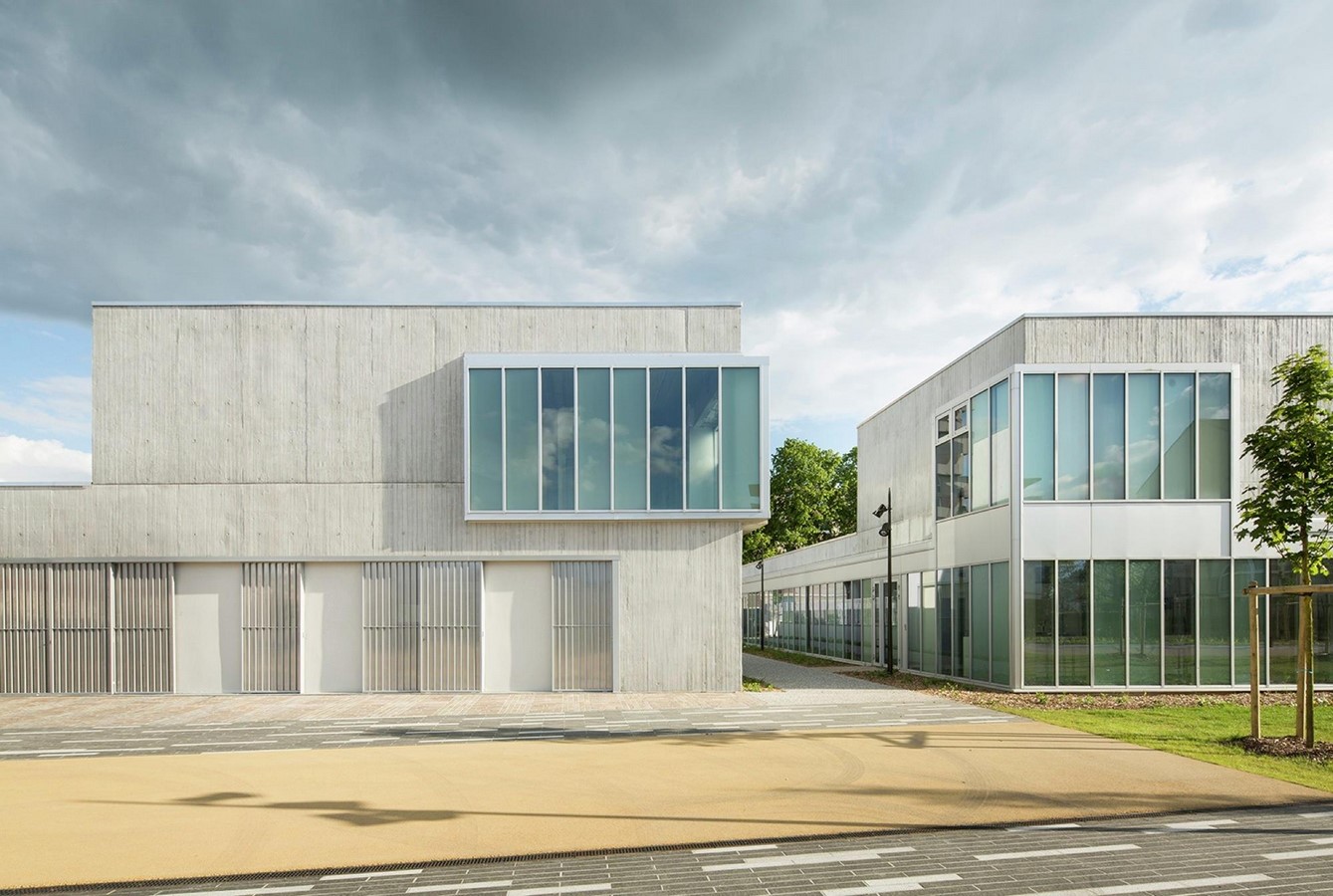

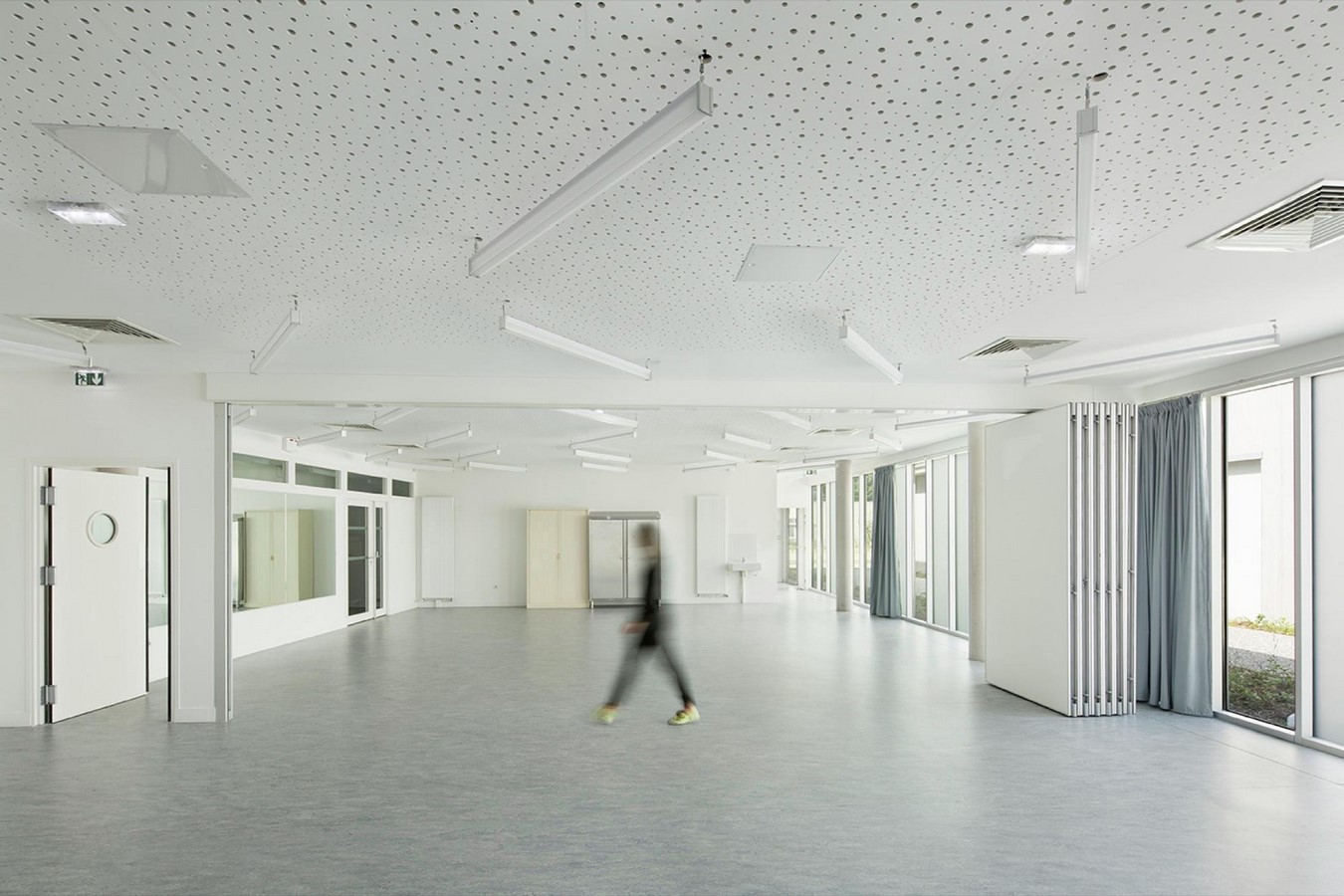

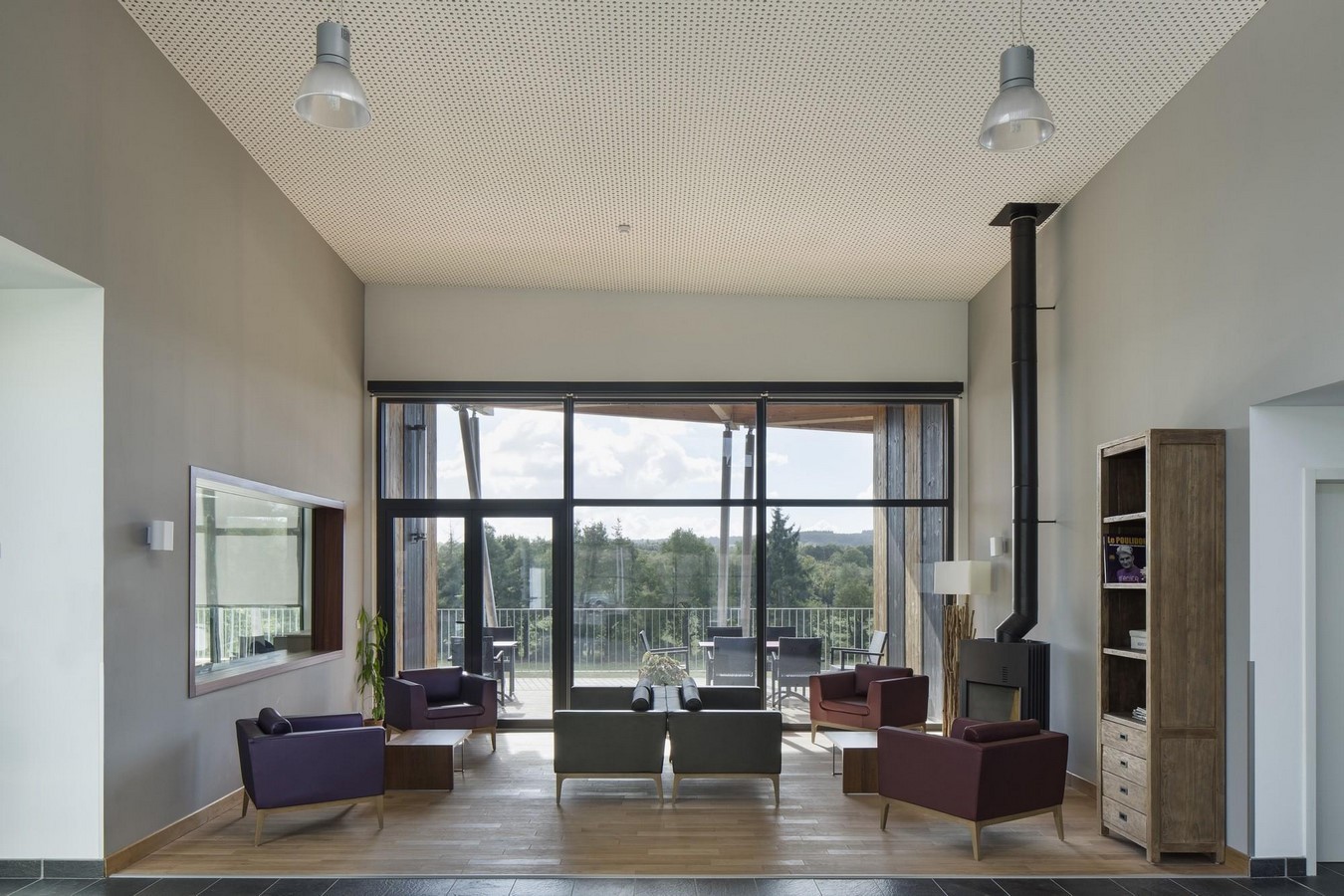
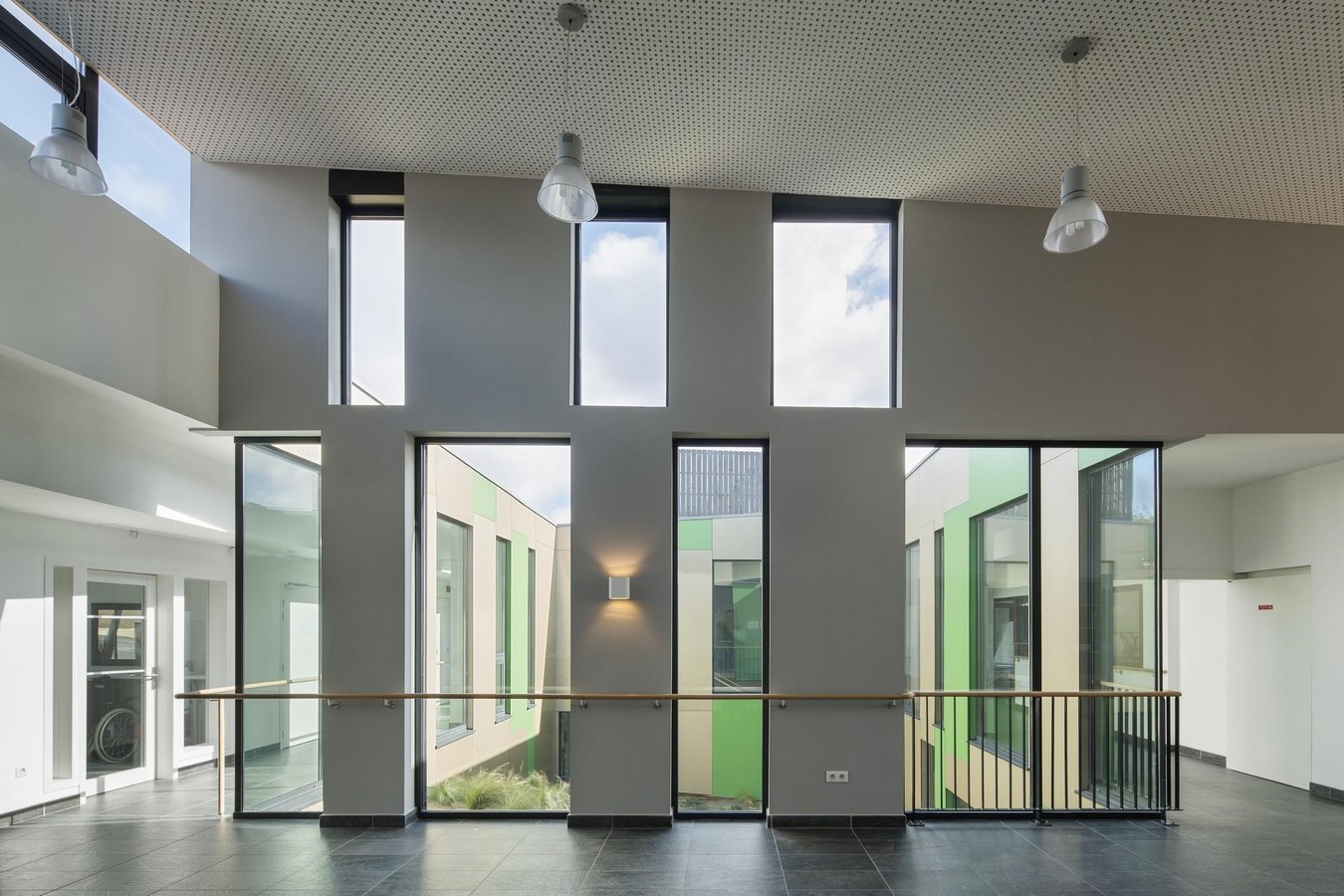
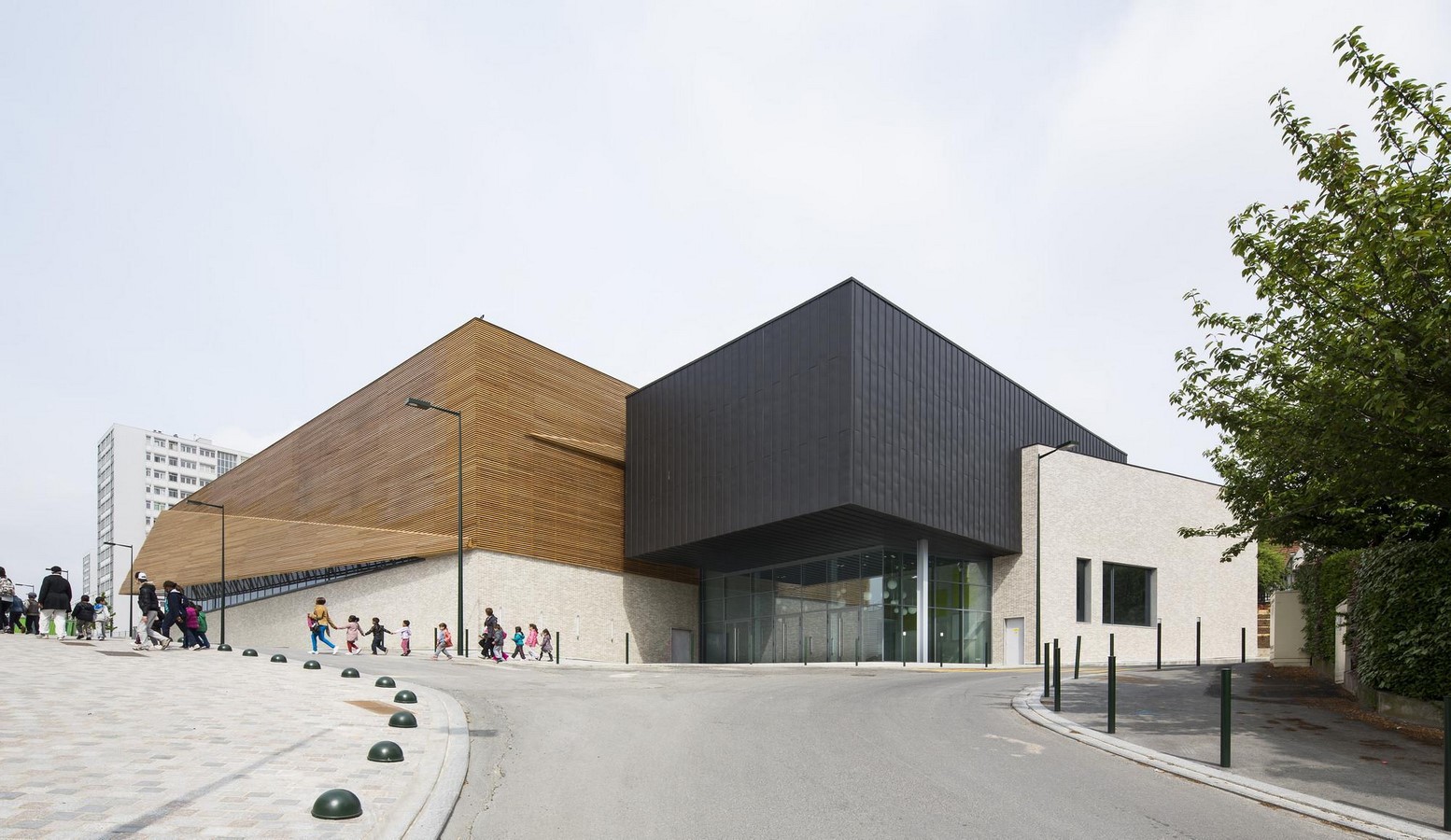
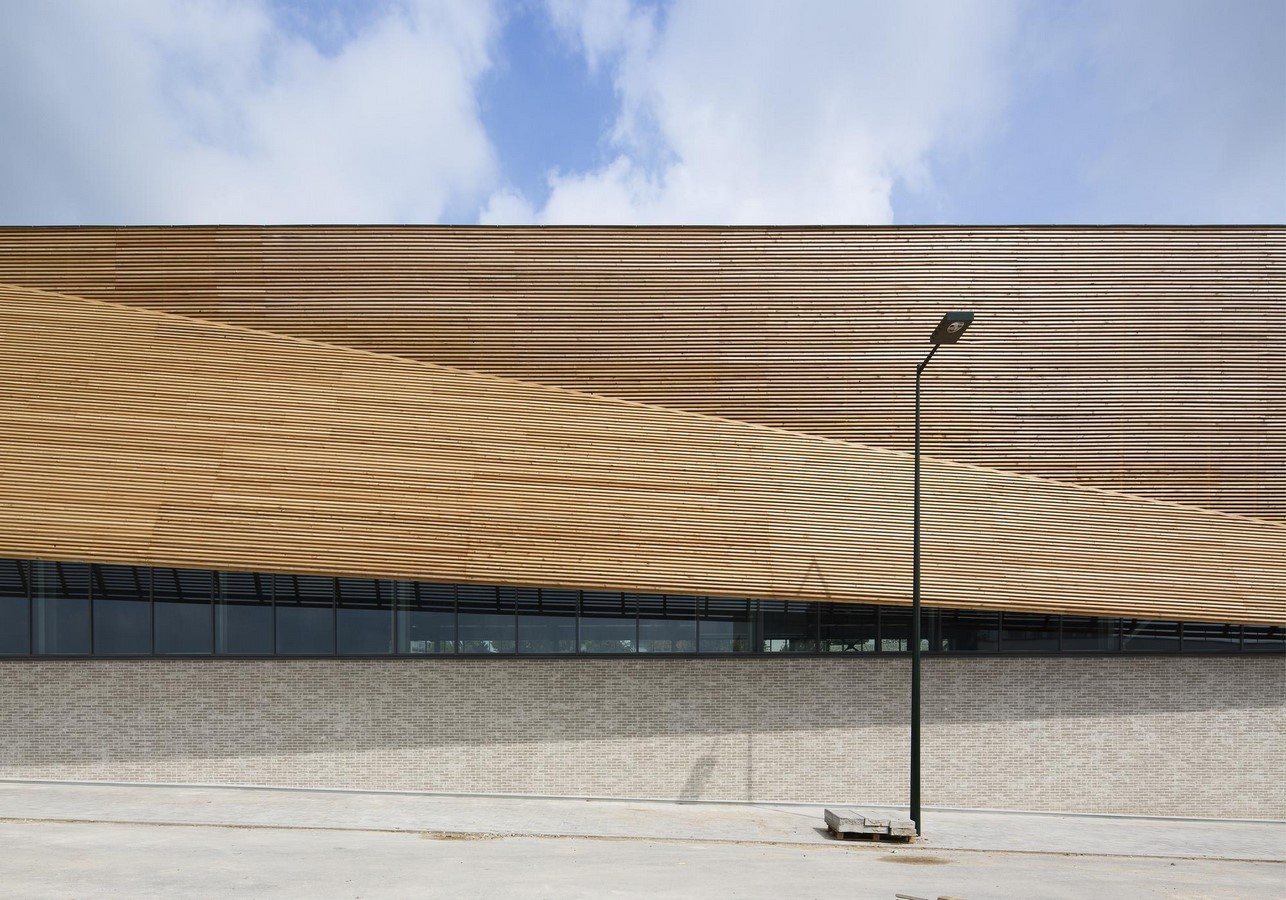
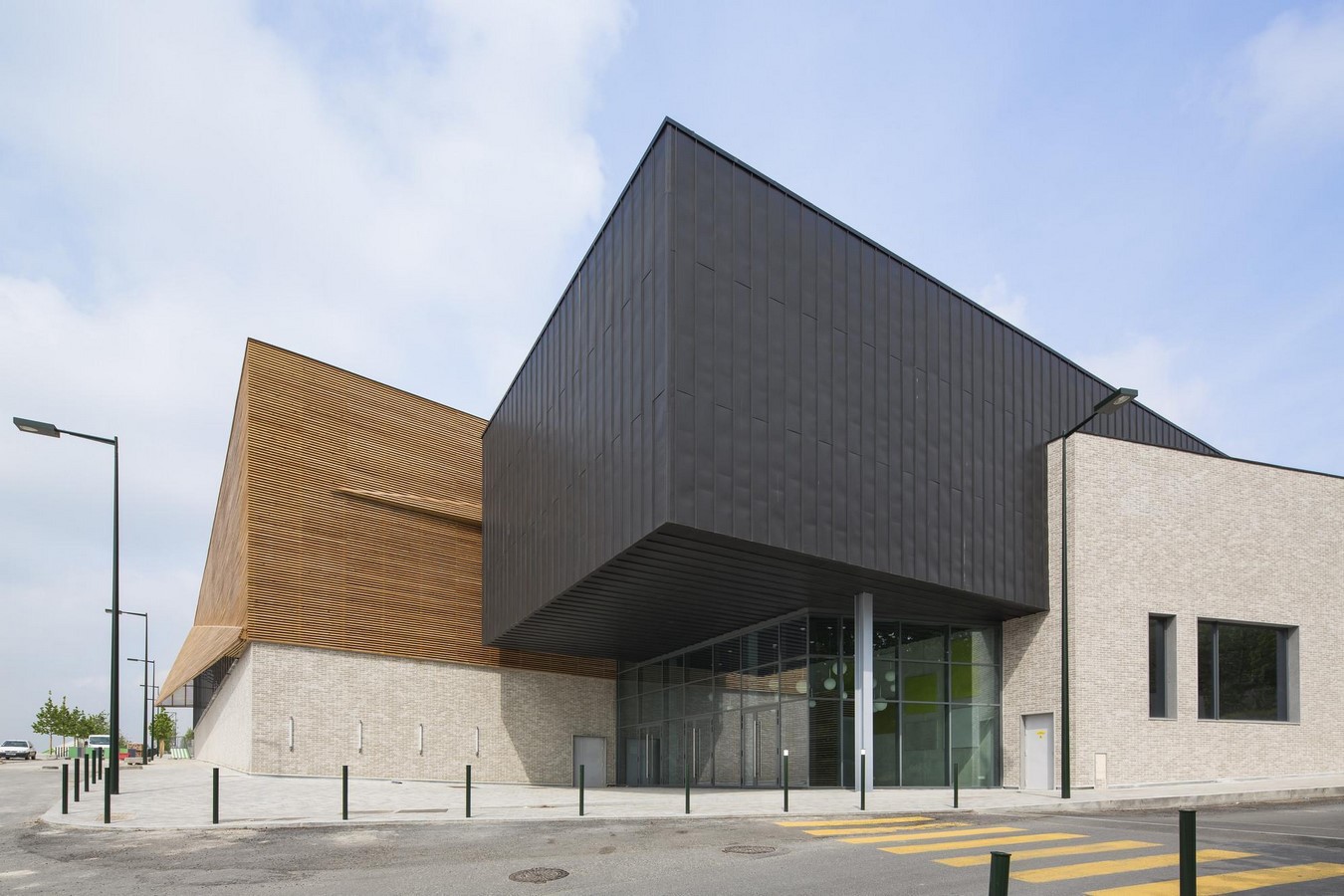
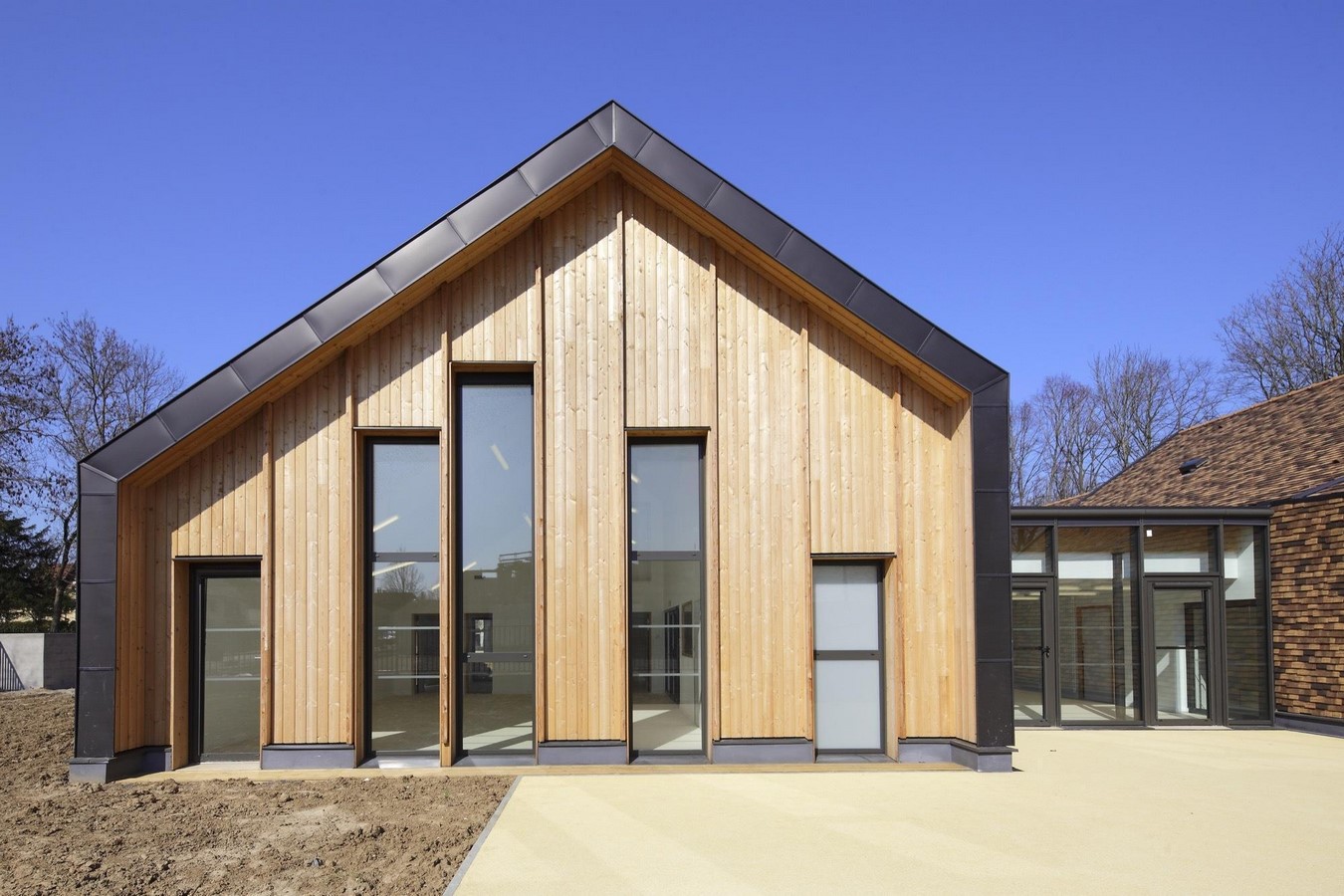
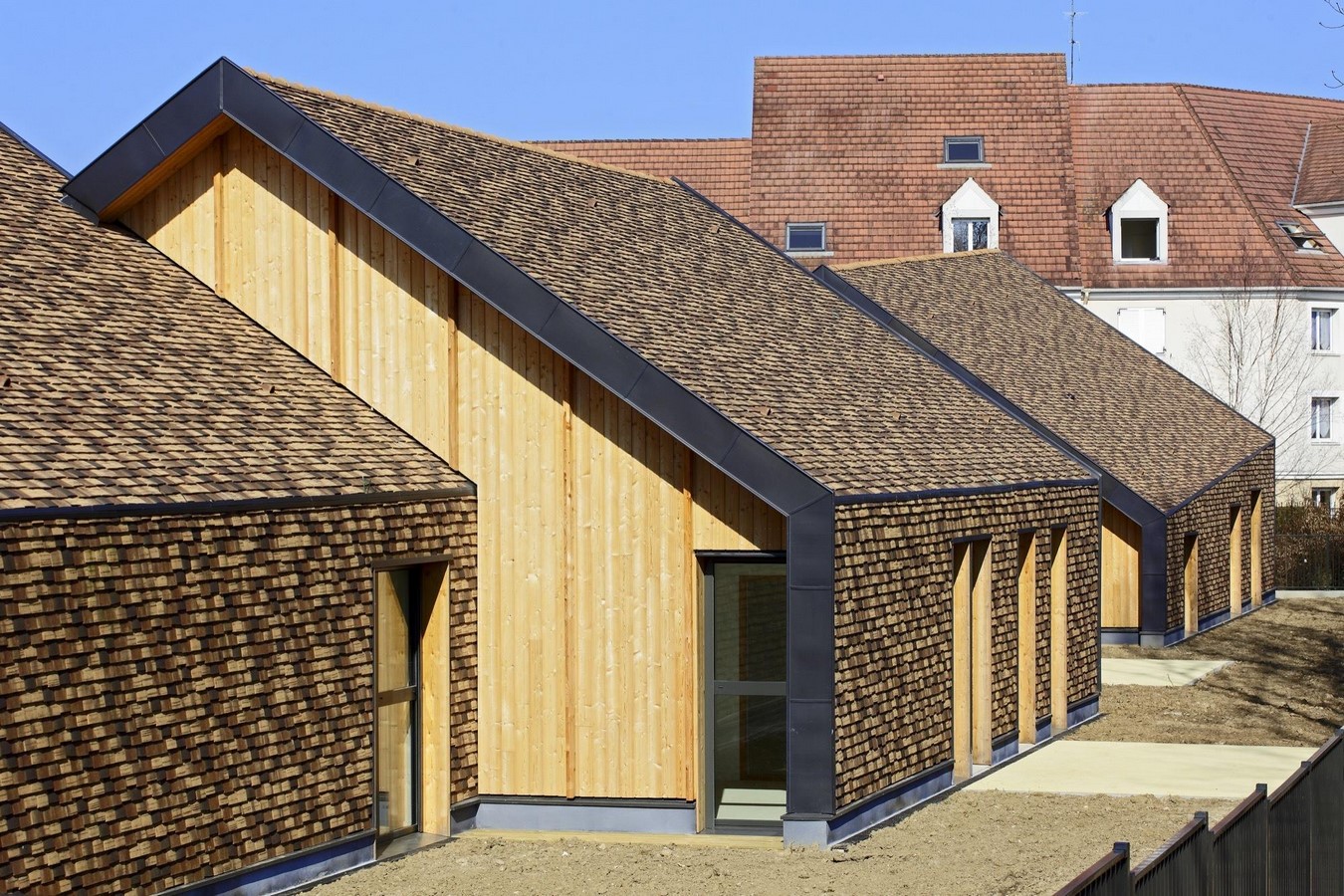

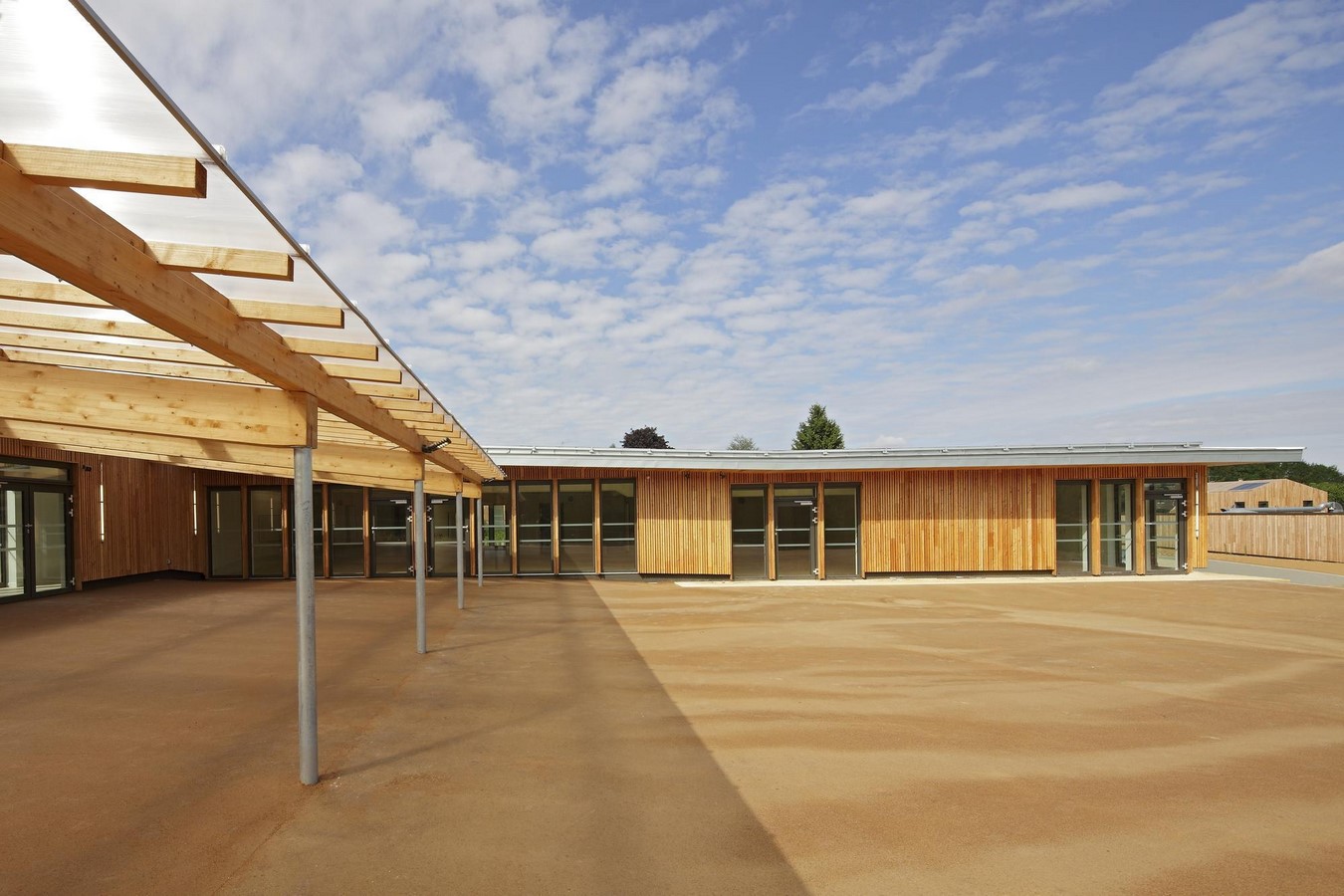

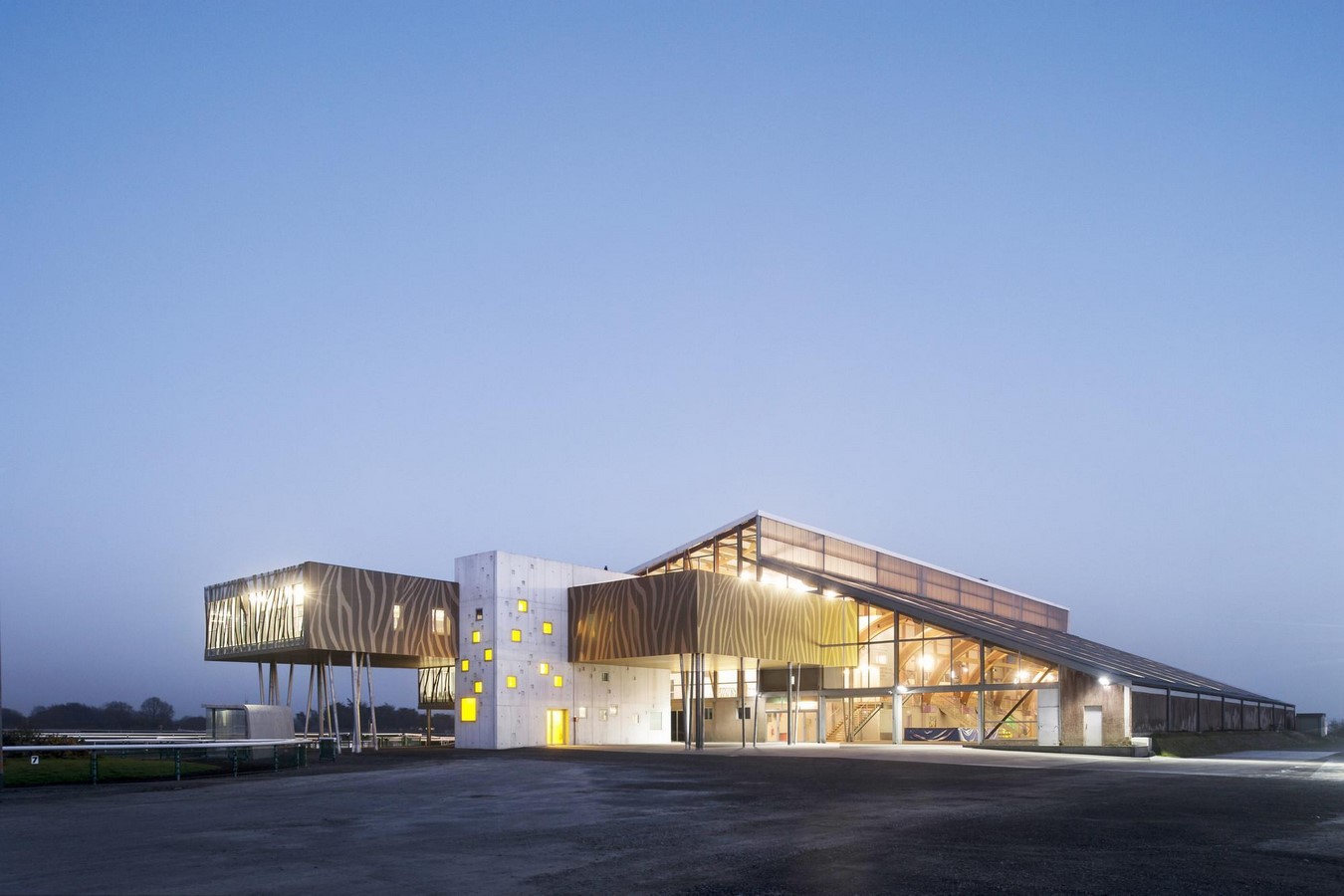

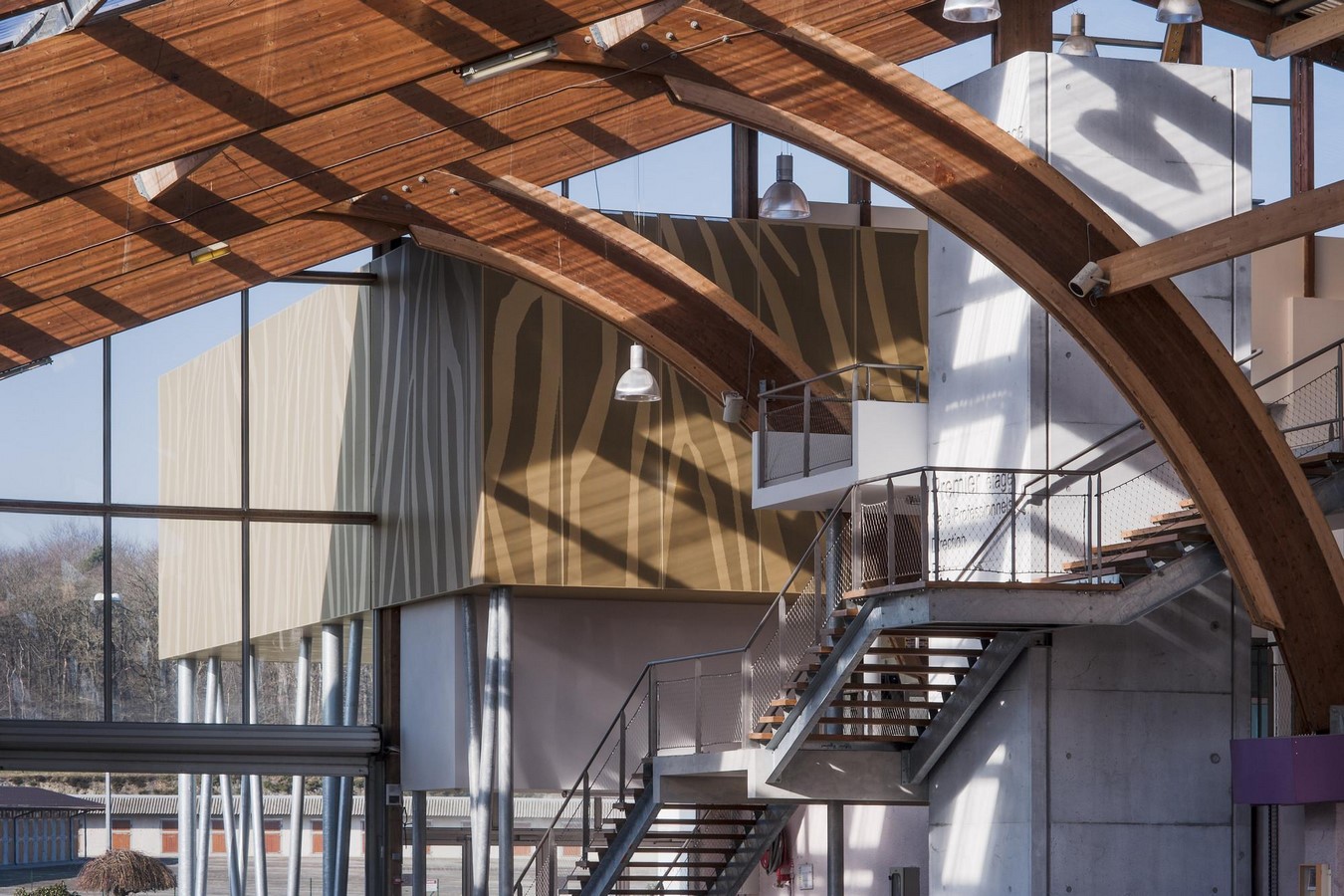

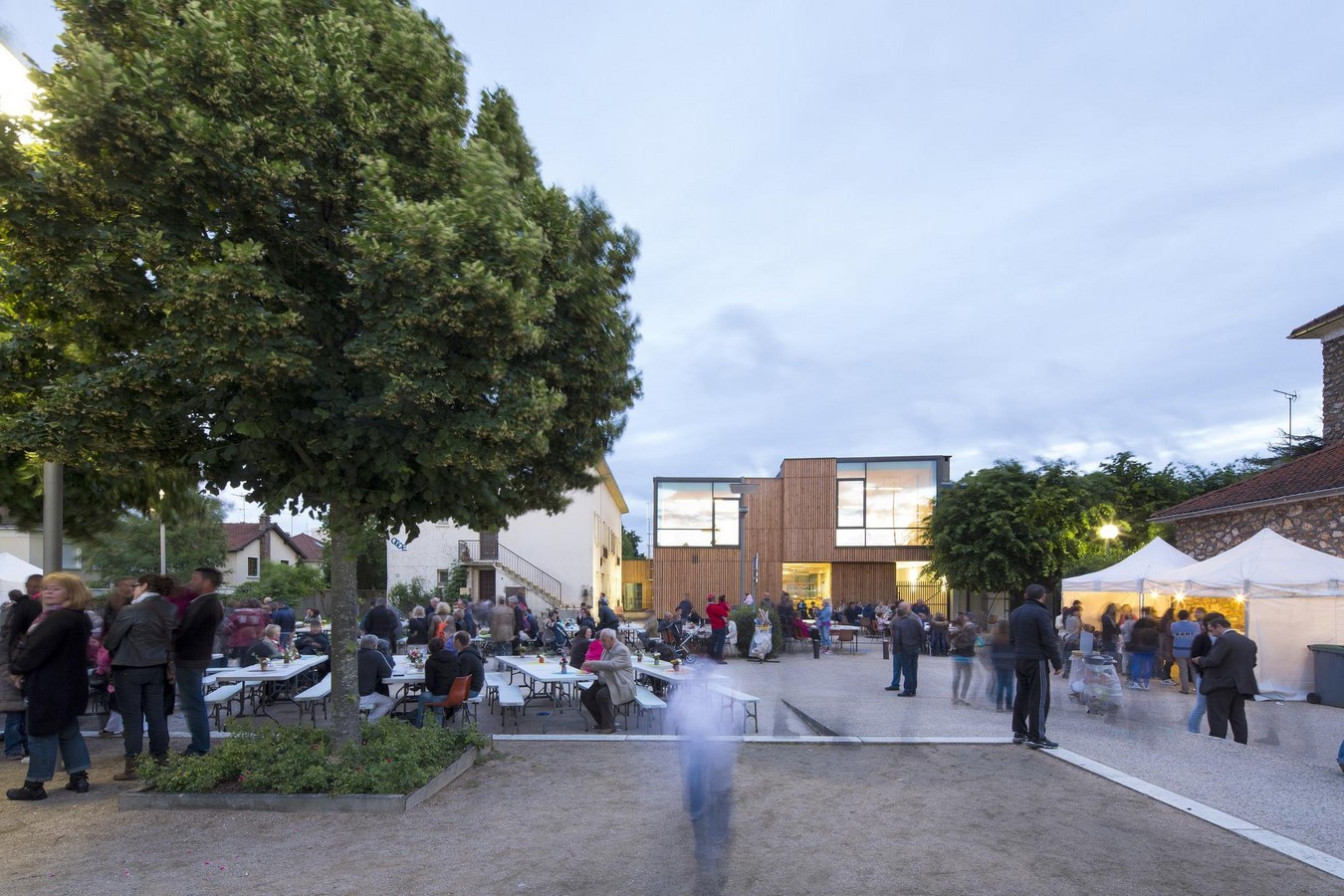
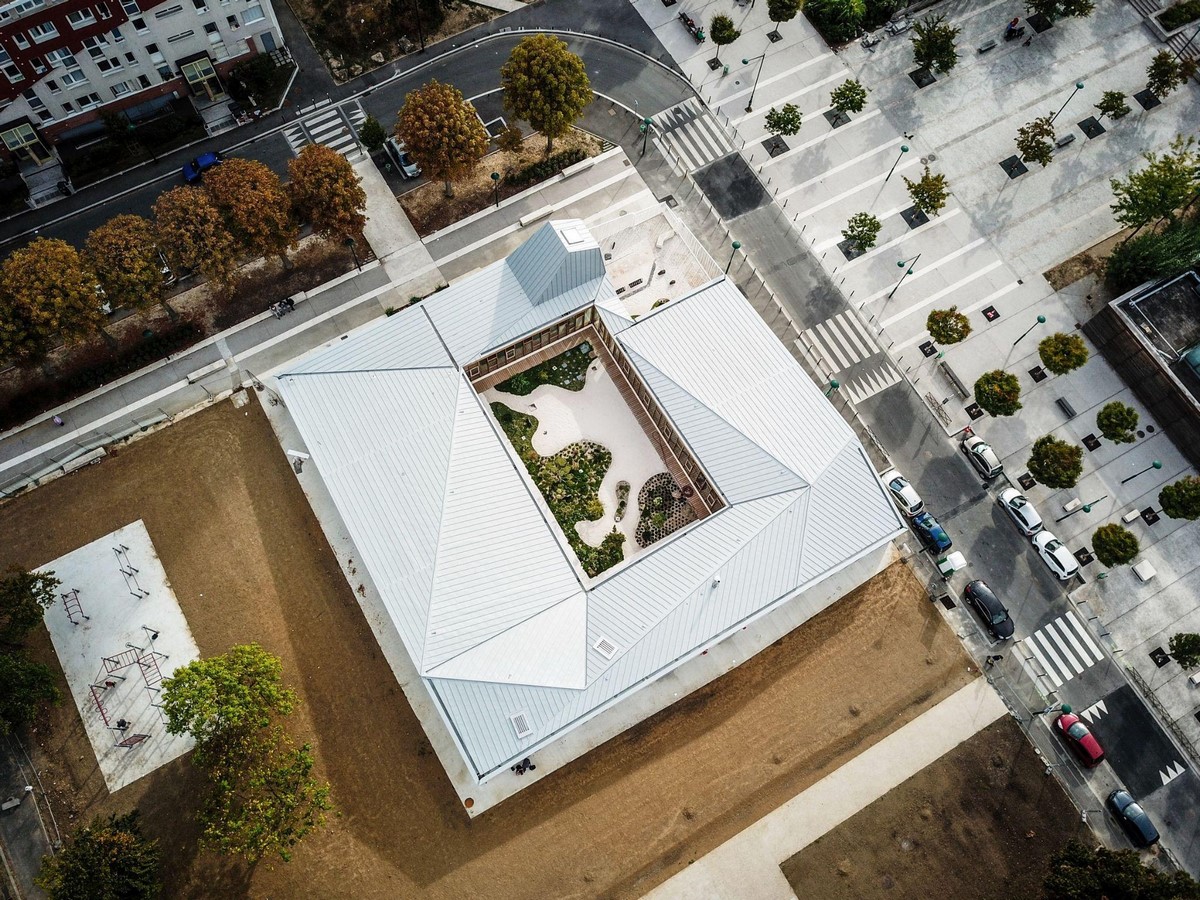
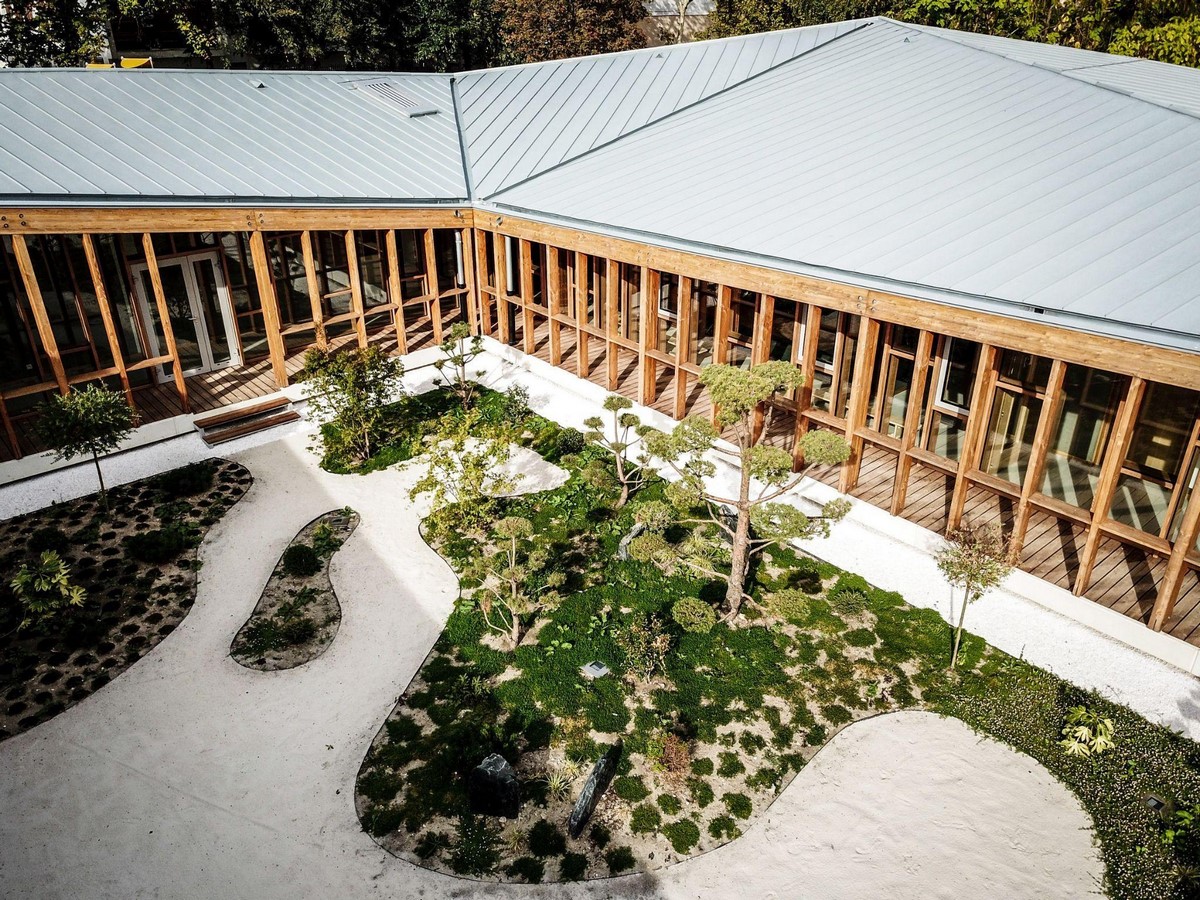
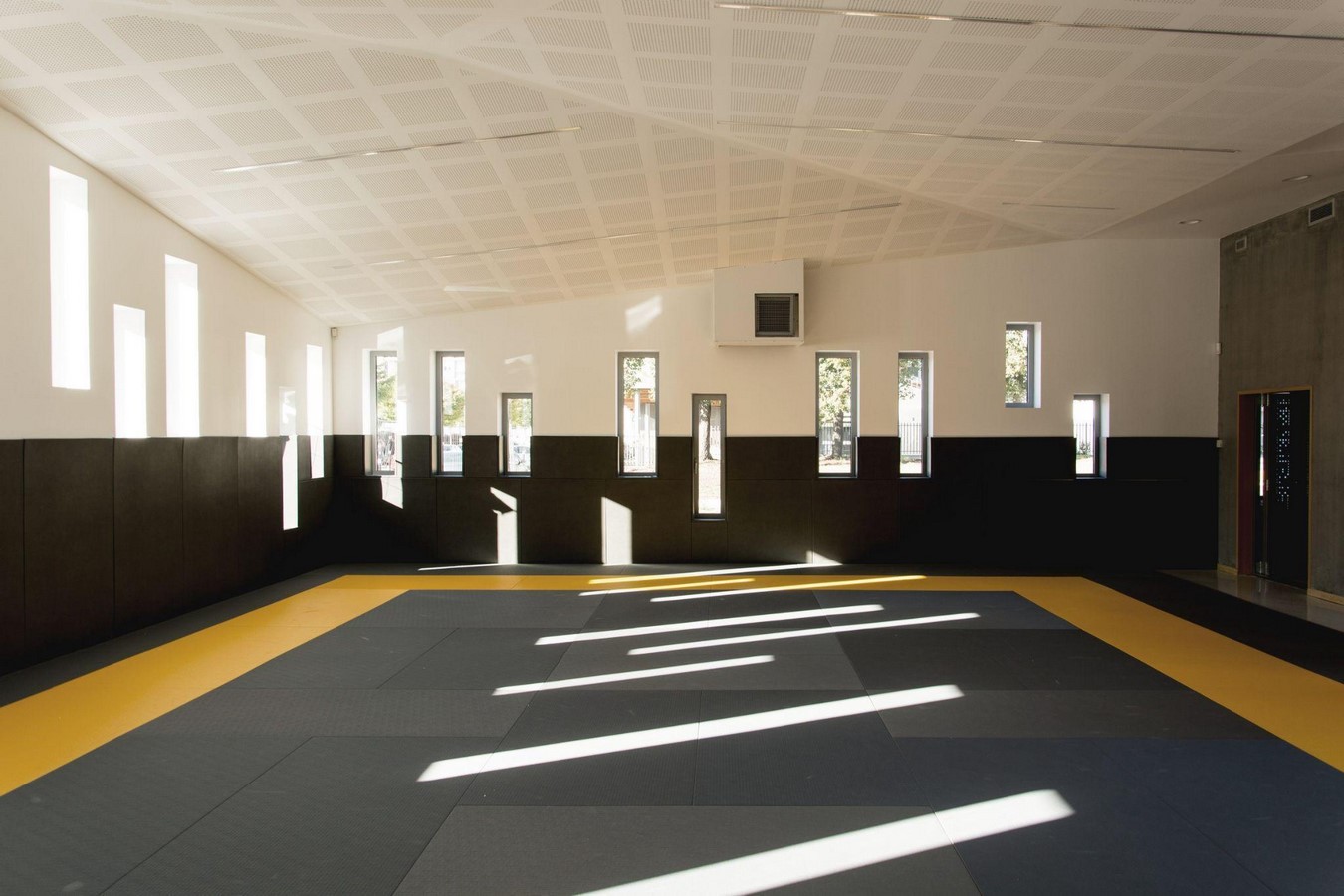

![Saint Brieuc Elderly Establishment_[Photograph]_(Saint-Brieuc: France)_©Ducros, M. (2014)](https://www.re-thinkingthefuture.com/wp-content/uploads/2023/01/A9210-10-Iconic-projects-by-Nomade-Architectes-Image-19.jpg)
![Saint Brieuc Elderly Establishment_[Photograph]_(Saint-Brieuc: France)_©Ducros, M. (2014)](https://www.re-thinkingthefuture.com/wp-content/uploads/2023/01/A9210-10-Iconic-projects-by-Nomade-Architectes-Image-20.jpg)
![Nantes Tchécolsovaquie_[Photograph]_(Nantes: France)_©Boegly, L., Ducros, M. (2013)](https://www.re-thinkingthefuture.com/wp-content/uploads/2023/01/A9210-10-Iconic-projects-by-Nomade-Architectes-Image-21.jpg)
![Nantes Tchécolsovaquie_[Photograph]_(Nantes: France)_©Boegly, L., Ducros, M. (2013)](https://www.re-thinkingthefuture.com/wp-content/uploads/2023/01/A9210-10-Iconic-projects-by-Nomade-Architectes-Image-22.jpg)
![Nantes Tchécolsovaquie_[Photograph]_(Nantes: France)_©Boegly, L., Ducros, M. (2013)](https://www.re-thinkingthefuture.com/wp-content/uploads/2023/01/A9210-10-Iconic-projects-by-Nomade-Architectes-Image-23.jpg)



































